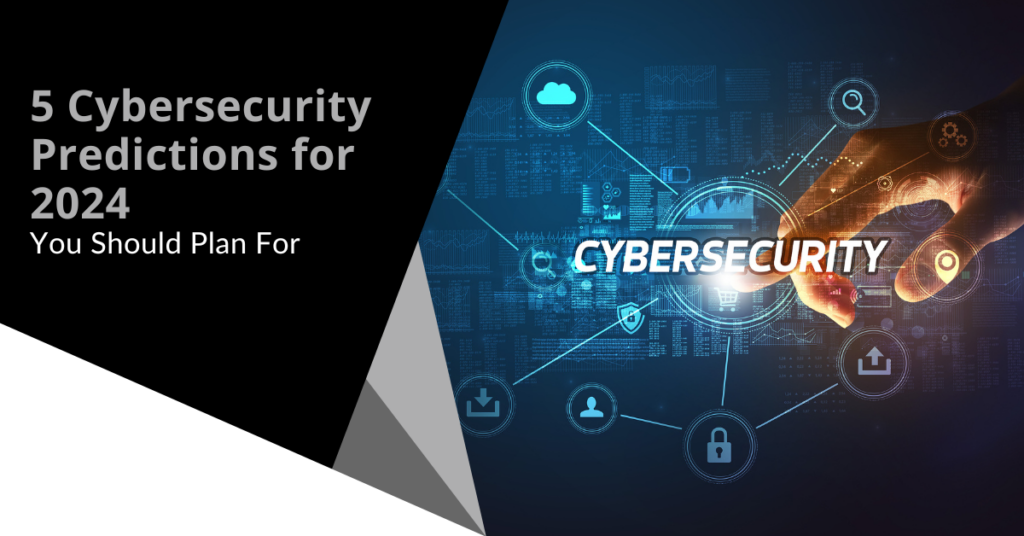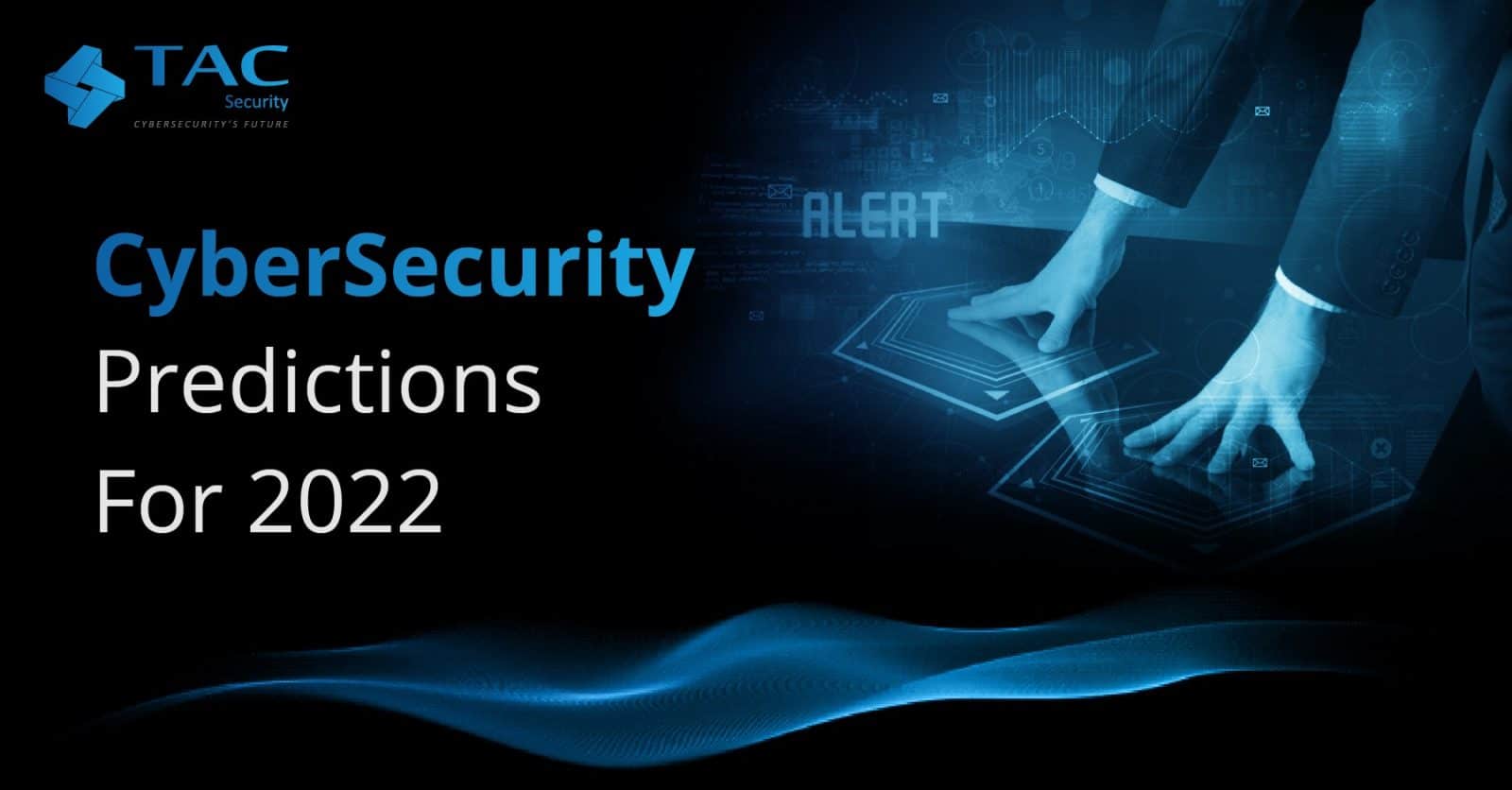Review 7 Cybersecurity Predictions for 2025 to prepare for emerging threats.
Review 7 Cybersecurity Predictions for 2025 to prepare for emerging threats.
Blog Article
The Following Frontier: Insightful Cybersecurity Predictions for the Coming Year
As we approach the new year, the cybersecurity landscape is on the brink of significant makeover. Key elements such as the assimilation of advanced AI innovations, the unpreventable surge of sophisticated ransomware, and the firm of information personal privacy laws are shaping the future of digital protection.
Increase of AI in Cybersecurity
In the rapidly evolving landscape of cybersecurity, the assimilation of expert system (AI) is becoming a pivotal force in enhancing risk detection and action capabilities. AI modern technologies, such as device understanding algorithms and deep understanding versions, are being significantly released to assess substantial amounts of information and identify patterns indicative of safety and security dangers. Deepfake Social Engineering Attacks. This enables organizations to proactively resolve susceptabilities prior to they can be exploited
The rise of AI in cybersecurity is especially substantial in its ability to automate routine tasks, enabling human experts to concentrate on even more complicated protection problems. By leveraging AI, cybersecurity teams can lower response times and enhance the accuracy of hazard evaluations. AI systems can adapt and learn from new hazards, continually refining their discovery devices to remain ahead of harmful stars.
As cyber hazards come to be more innovative, the need for advanced remedies will drive more financial investment in AI modern technologies. This fad will likely lead to the growth of enhanced safety devices that integrate anticipating analytics and real-time surveillance, eventually strengthening organizational defenses. The transition towards AI-powered cybersecurity options stands for not just a technical change however a basic adjustment in how organizations approach their protection techniques.
Boost in Ransomware Attacks
Ransomware strikes have actually ended up being a widespread danger in the cybersecurity landscape, targeting companies of all sizes and throughout various industries. As we advance into the coming year, it is anticipated that these attacks will not just increase in frequency but also in sophistication. Cybercriminals are leveraging innovative strategies, consisting of making use of synthetic intelligence and artificial intelligence, to bypass standard security measures and manipulate vulnerabilities within systems.
The rise of ransomware strikes can be credited to several factors, consisting of the rise of remote work and the expanding reliance on digital services. Organizations are frequently unprepared for the advancing threat landscape, leaving vital framework susceptible to violations. The financial implications of ransomware are staggering, with firms facing substantial ransom needs and prospective long-term operational disturbances.
Additionally, the trend of dual extortion-- where opponents not just secure data but also threaten to leakage delicate info-- has actually gained grip, better coercing targets to abide by demands. Because of this, businesses should focus on robust cybersecurity actions, including regular backups, employee training, and case response preparation, to mitigate the risks connected with ransomware. Failure to do so could cause ruining effects in the year ahead.
Development of Data Privacy Regulations
The landscape of data personal privacy guidelines is going through considerable improvement as federal governments and companies react to the boosting concerns bordering personal information protection. In recent times, the execution of detailed structures, such as the General Information Security Law (GDPR) in Europe and the California Consumer Personal Privacy Act (CCPA) in the United States, has established a precedent for stricter privacy laws. These guidelines emphasize customers' civil liberties to regulate their information, mandating transparency and responsibility from organizations that gather and refine personal details.

Moreover, companies will certainly need to enhance their conformity strategies, buying innovative innovations and training to secure delicate details. The evolution of data privacy laws will certainly not just influence exactly how businesses run but likewise shape consumer expectations, fostering a culture of trust and security in the digital landscape.
Development of Remote Job Susceptabilities
As companies remain to embrace remote work, vulnerabilities in cybersecurity have progressively concerned the leading edge. The shift to flexible work arrangements has actually revealed critical voids in safety procedures, especially as staff members gain access to sensitive information from varied locations and devices. This decentralized workplace produces an increased attack surface area for More Info cybercriminals, who manipulate unsecured Wi-Fi networks and personal tools to infiltrate business systems.

To alleviate these vulnerabilities, organizations need to prioritize detailed cybersecurity training and carry out robust safety frameworks that encompass remote work scenarios. This consists of multi-factor authentication, regular system updates, and the facility of clear methods for information gain access to and sharing. By resolving these susceptabilities head-on, firms can cultivate a safer remote workplace while preserving functional strength despite evolving cyber hazards.
Innovations in Danger Discovery Technologies


Positive danger discovery has become a cornerstone of modern-day cybersecurity techniques, mirroring the immediate requirement to combat significantly innovative cyber dangers. As organizations deal with an evolving landscape of susceptabilities, advancements in hazard discovery modern technologies are crucial in mitigating dangers and improving safety and security positions.
One notable pattern is the combination of man-made intelligence and artificial intelligence into risk discovery systems. These innovations enable the analysis of large amounts of information in real time, enabling the identification of abnormalities and potentially destructive tasks that might escape standard security procedures. Furthermore, behavioral analytics are being executed to develop baselines for regular customer task, making it simpler to detect inconsistencies a sign of a breach.
Moreover, the rise of automated risk knowledge sharing platforms facilitates collective protection efforts across industries. This real-time exchange of details enhances situational recognition and accelerates feedback times to emerging dangers.
As companies proceed to purchase these sophisticated technologies, content the efficiency of cyber defense reaction will significantly enhance, encouraging security teams to stay one action in advance of cybercriminals. Eventually, these advancements will certainly play a vital duty in forming the future landscape of cybersecurity.
Conclusion
In summary, the upcoming year is expected to witness transformative growths in cybersecurity, driven by the combination of AI modern technologies and article a notable rise in ransomware assaults. In general, these developing dynamics highlight the important relevance of adjusting to an ever-changing cybersecurity landscape.
Report this page